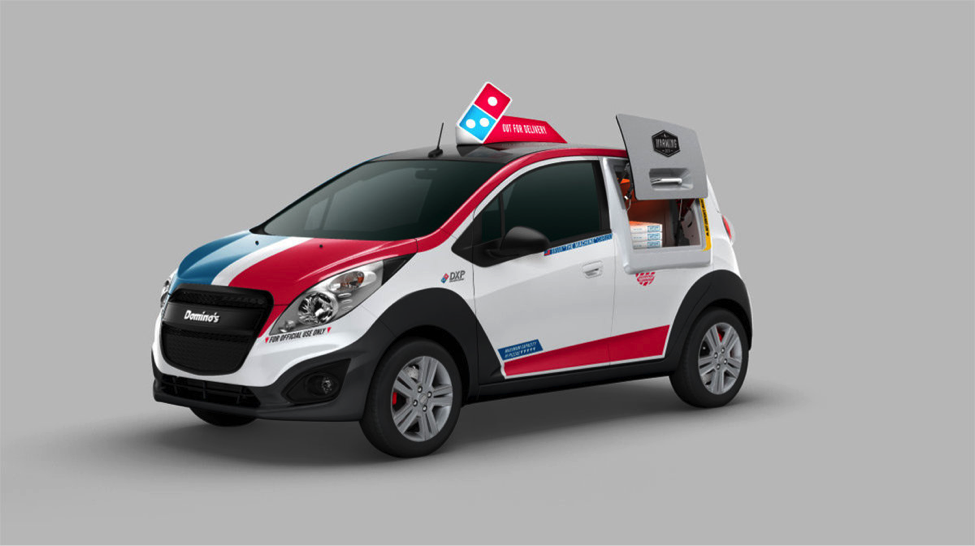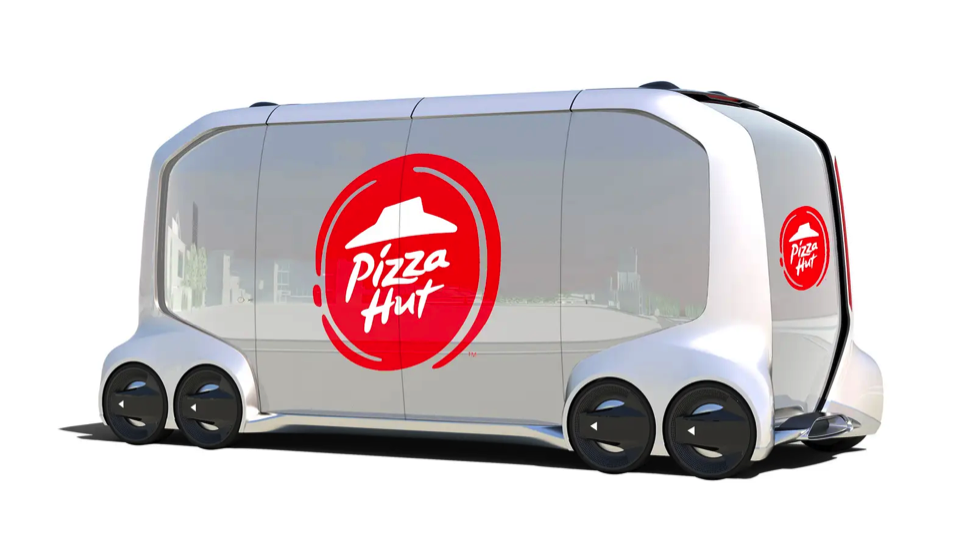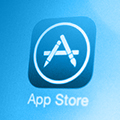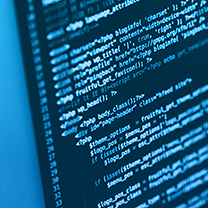BLOG

How Domino’s Became a Tech Company

What is the single most important factor in determining the success of a restaurant? The quality of the food.
Domino’s pizza has, frankly, never been accused of being any good. And yet, they’ve recently become one of the highest-growth companies in fast food. In so doing, they’ve challenged the natural assumption that food is the most important part of succeeding in the food industry.
Their journey to redemption, launching years of technological innovation, began with a humble admission.
Examples of Domino’s Technology and Innovation
CEO Patrick Doyle’s “pizza turnaround” initiative involved lowering prices, adding new menu options, and rehauling the company’s fifty-year-old pizza recipe. But as much as anything else, what allowed Domino’s to change was a realization that pizza was only half of what they offered.
You don’t get Domino’s because it’s the highest-quality food you have available to you. You get it because it’s cheap, convenient, and satisfies your need for garlic and grease. When Domino’s recognized that they were as much a transportation company as a food company, everything changed. While there are very few ways to make pizza as cheaply as Domino’s does, there are many ways to improve the customers’ experience. The key is technology.
Domino’s Pizza Tracker
We’ve all sat at home wondering when in the world the pizza would be delivered. Domino’s answered this problem a decade ago by introducing the Pizza Tracker, allowing hungry customers to follow their deliveries from door to door without calling the store. This technology saved time and money AND appealed to a customer’s need to know everything. That was the beginning of something great.
Online Ordering Made Easy
These days, around two-thirds of all Domino’s orders are made online. That’s good for business: not only does it make the process of placing orders easier, but people are more likely to purchase more items when choosing from menus they have right in front of them. This online success didn’t just happen out of thin air. Supporting its website and app, Domino’s built its own, streamlined operating system to handle orders. The system keeps costs down for franchisees and feeds consumer data back to HQ. That data can be pretty helpful in building profiles of customers, and figuring out what their preferences are. In 2015, Domino’s used its consumer data in designing a loyalty program that now sports over fifteen million members.
Ordering with Emoji’s
In 2016, the company announced AnyWare: an initiative allowing deliveries to be placed from anywhere, on any device. Customers could now place orders on Amazon’s Alexa, Apple Watch, even Smart TVs. Customers could order via Slack, Facebook, Twitter, or simply by texting a pizza emoji to an automated phone number. Essentially, if there was a way for you to send a message online, you could get a pizza from Domino’s.
TEXT ORDERING.
— Domino's Pizza (@dominos) June 15, 2015
TODAY.
THIS IS NOT A DRILL.
🔩 <- this is a drill*
*ok fine it’s a screw but just go with it pic.twitter.com/FAEtK12UUO
Innovative Ways to Order & Deliver Pizza
In 2013, the company live-streamed from the kitchen of one of their Salt Lake City locations. The following year, they created an app allowing customers to order pizza from Ford cars. The year after that, they launched the DXP - a $25,000 custom car built with its own pizza oven to keep deliveries warm en route.

All these innovations didn’t really amount to much. The live stream didn’t engage the customers (it must have been quite boring, especially without any audio). The Ford app offered very little to very few customers. And very few franchises had $25,000 to blow on a weird little car (only around 150 DXPs ended up making it onto the streets). Still, these stunts weren’t complete failures. The DXP, in particular, earned Domino’s plenty of media attention. It also provided a signal of intent: that they were attempting to integrate innovative technology into their core business model. If the experiments didn’t always go according to plan, maybe they would eventually.
It might have seemed, around 2015-16, like Domino’s was simply throwing new technology ideas at the wall for attention. An oven-car? Ordering pizza on Slack? These didn’t sound like essential things on which a pizza company should focus.
Yet, there was a method to the madness. Domino’s was learning about their customers by gathering data. What those customers were saying was simple: we eat Domino’s because it’s quick and easy. Through this lens, Doyle and his team thought to develop more efficient means of ordering and delivering their food. They built a chatbot, Dom, to make ordering simple and conversational. In recent years, they’ve experimented with robot and drone technologies. They partnered with Ford to promote research in self-driving cars, which may be on the way before too long.
None of these developments can make pizza taste better, but they all have the potential to improve customer experience. It’s why what once may have seemed unimportant to the pizza business is fast becoming the norm. Pizza Hut, the other biggest player in the field, developed its own pizza tracker a couple of years ago and is now partnering with Toyota to work ondriverless delivery cars. Sound familiar?

The revival of Domino’s began a decade ago with an admission: they just weren’t thinking enough about their customers. After a decade, just before CEO Patrick Doyle left his post last year, Domino’s sales growth was nearly doubling what investors expected, and shares in the company closed at record highs. Today, they are the leading provider of fast-food pizza in the United States.
Custom Software at its Best
What does this have to do with our Ruby on Rails teams here in Milwaukee? A lot, actually. We don't make pizza, but we do make software - excellent software. Business is changing, and building custom software isn't just for tech companies - it's for companies in any industry who are looking to not only survive but thrive by better serving their customers and grow in an ever-competitive world.
YOU MAY ALSO LIKE

June 5, 2019 - By Derek H.
3 Warning Signs An Agency Is Writing a Check Its Dev Team Can’t Cash


